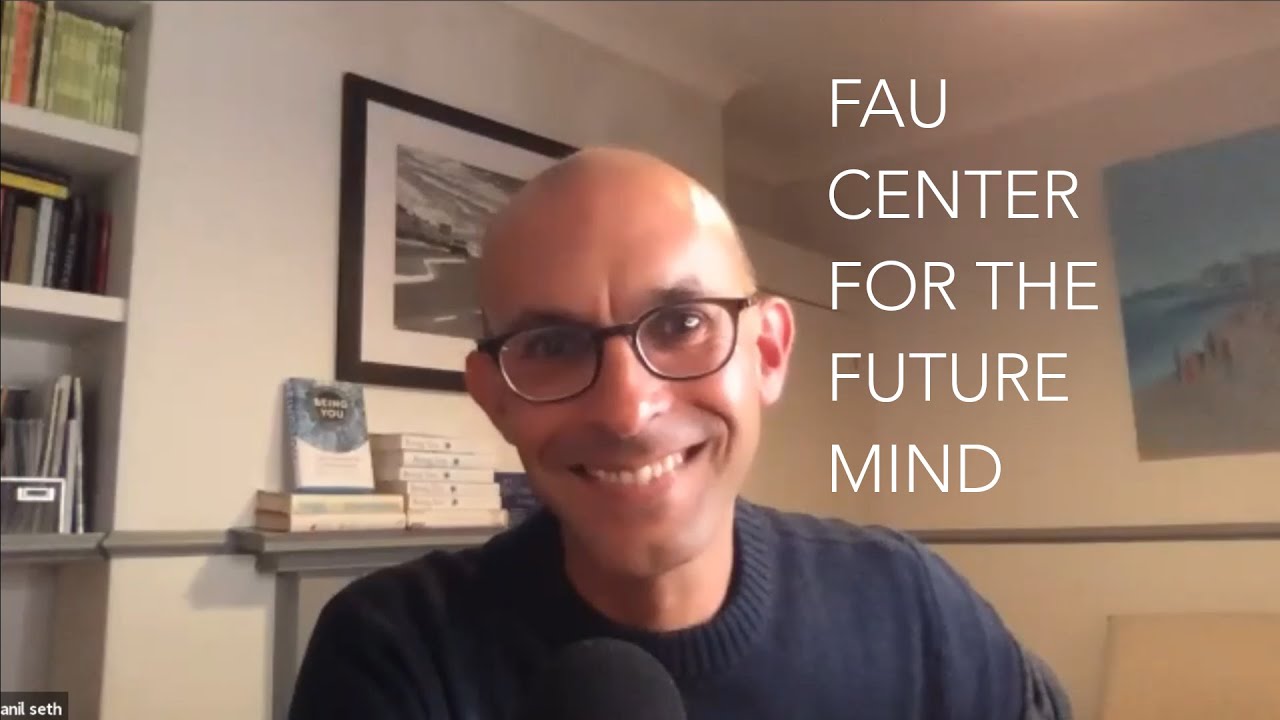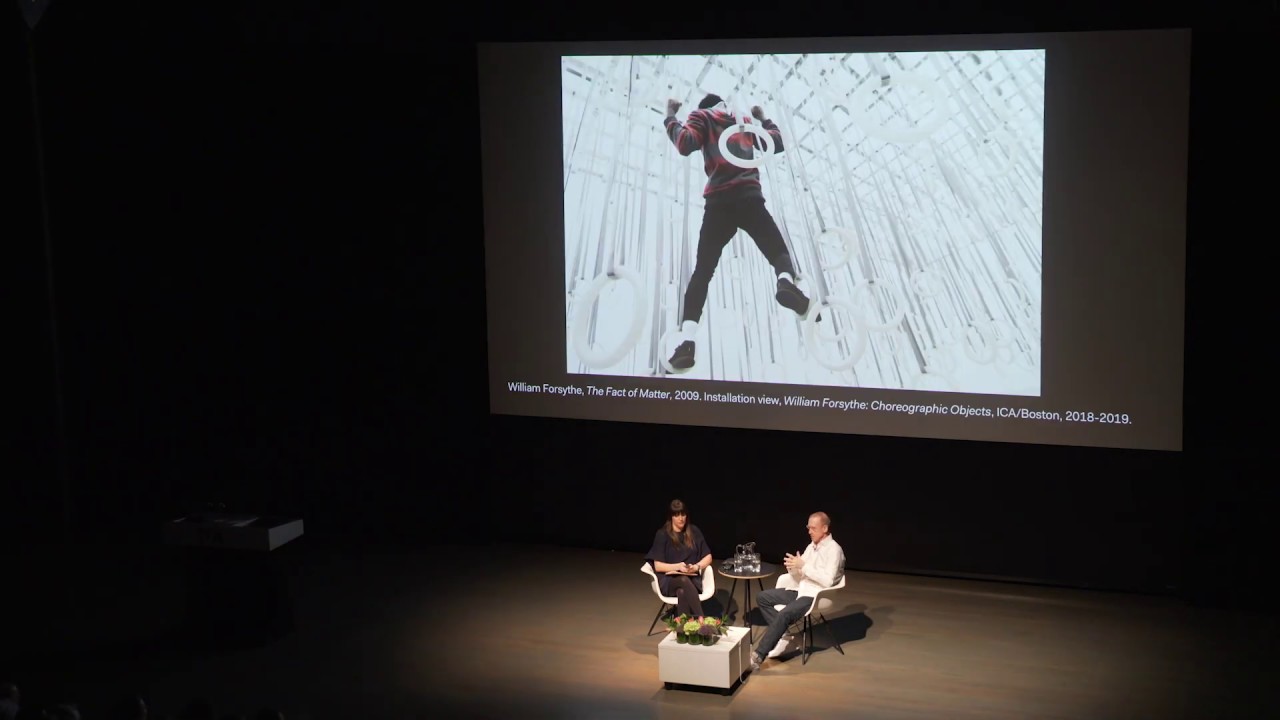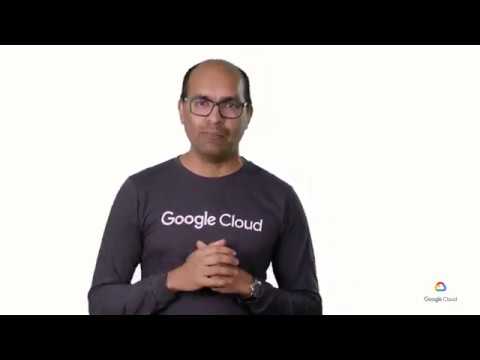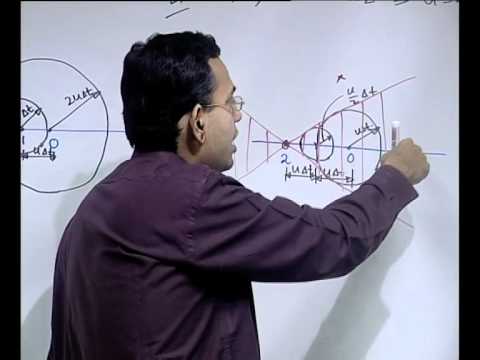Center for the Future Mind
Anil Seth, Neuroscientist, Author, and Public Speaker who has pioneered research into the brain basis of consciousness for more than 20 years.
Moderated by Susan Schneider, Ph.D., William F Dietrich Distinguished Professor of Philosophy in the Dorothy F. Schmidt College of Arts and Letters; Member of the Brain Institute. Schneider is founding director of the Center for the Future Mind.
What does it mean to “be you”- that is, to have an inner conscious experience of the world around you and yourself within it? Historically, humanity has considered consciousness to be a primarily spiritual or philosophical inquiry, but science is now mapping out compelling biological theories and explanations for consciousness and selfhood.
Please join us for a book salon presentation on this important topic by Anil Seth on his new, international bestseller, Being You, which The Guardian describes as, “…an exhilarating book: a vast-ranging, phenomenal achievement that will undoubtedly become a seminal text.”
Seth’s fascinating argument is that we do not perceive the world as it objectively is, but rather that we are prediction machines, constantly inventing our world and correcting our mistakes by the microsecond, and that we can now observe the biological mechanisms in the brain that accomplish this process of consciousness.
About the Center for Future Mind
—
Technology is rapidly changing the face of society. What awaits us in our technological future? For example, should there be an upper limit on technological innovations to extend our lifespans or redesign our minds? Could artificial intelligence (AI) surpass human-level intelligence? Should we merge with AI, and is that even scientifically possible?
We seek to answer important questions like these at the Center for the Future Mind, a multi-disciplinary hub located in the Gruber Sandbox where thought leaders in areas such as philosophy, complex systems, AI, and neuroscience come together to analyze vital scientific, societal, and ethical issues. With world-famous thought leaders, a major media profile, and regular presentations to Congress and their staff, the Center aims to enhance our understanding of the future of intelligence.
The center is directed by Susan Schneider, the William F. Dietrich Distinguished Professor at FAU and former NASA Chair and Distinguished Scholar at the Library of Congress.
See more at our website and subscribe to this channel to join and engage with future conversations
https://www.fau.edu/future-mind/
https://www.fau.edu/sandbox/
Source




If consciousness is not substrate dependent but is in the connections then there is not difference between a simulated consciousness and a imbedded one. Stop with the objectification of subjective experience .
Anil is giving scientific evidence to what zen koans and some spiritual teachers have been saying since hundreds and thousands of years:
There is no fundamental reality (to the brain)
There is no (continuous) self
you are not the body
A bird is not a bird, it is a perception of a bird…
And also what systemic biologists like Maturana and Varela have been saying, that living systems are self-regulating, autopoietic observers.
Thank you so much for this connection.
It's becoming clear that with all the brain and consciousness theories out there, the proof will be in the pudding. By this I mean, can any particular theory be used to create a human adult level conscious machine. My bet is on the late Gerald Edelman's Extended Theory of Neuronal Group Selection. The lead group in robotics based on this theory is the Neurorobotics Lab at UC at Irvine. Dr. Edelman distinguished between primary consciousness, which came first in evolution, and that humans share with other conscious animals, and higher order consciousness, which came to only humans with the acquisition of language. A machine with primary consciousness will probably have to come first.
What I find special about the TNGS is the Darwin series of automata created at the Neurosciences Institute by Dr. Edelman and his colleagues in the 1990's and 2000's. These machines perform in the real world, not in a restricted simulated world, and display convincing physical behavior indicative of higher psychological functions necessary for consciousness, such as perceptual categorization, memory, and learning. They are based on realistic models of the parts of the biological brain that the theory claims subserve these functions. The extended TNGS allows for the emergence of consciousness based only on further evolutionary development of the brain areas responsible for these functions, in a parsimonious way. No other research I've encountered is anywhere near as convincing.
I post because on almost every video and article about the brain and consciousness that I encounter, the attitude seems to be that we still know next to nothing about how the brain and consciousness work; that there's lots of data but no unifying theory. I believe the extended TNGS is that theory. My motivation is to keep that theory in front of the public. And obviously, I consider it the route to a truly conscious machine, primary and higher-order.
My advice to people who want to create a conscious machine is to seriously ground themselves in the extended TNGS and the Darwin automata first, and proceed from there, by applying to Jeff Krichmar's lab at UC Irvine, possibly. Dr. Edelman's roadmap to a conscious machine is at https://arxiv.org/abs/2105.10461